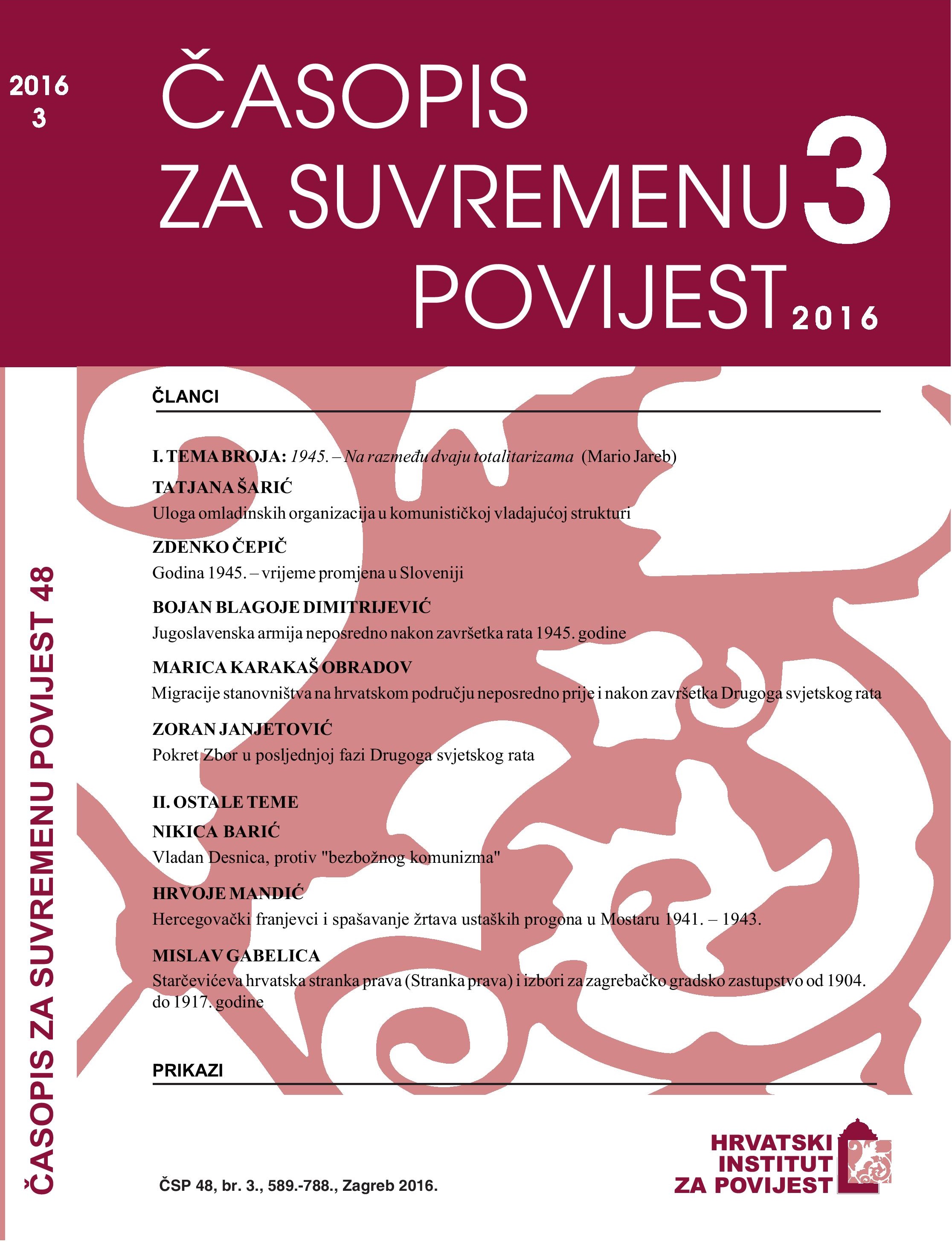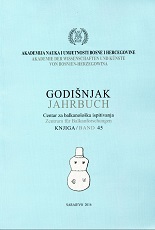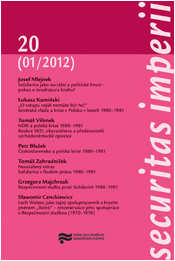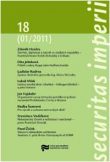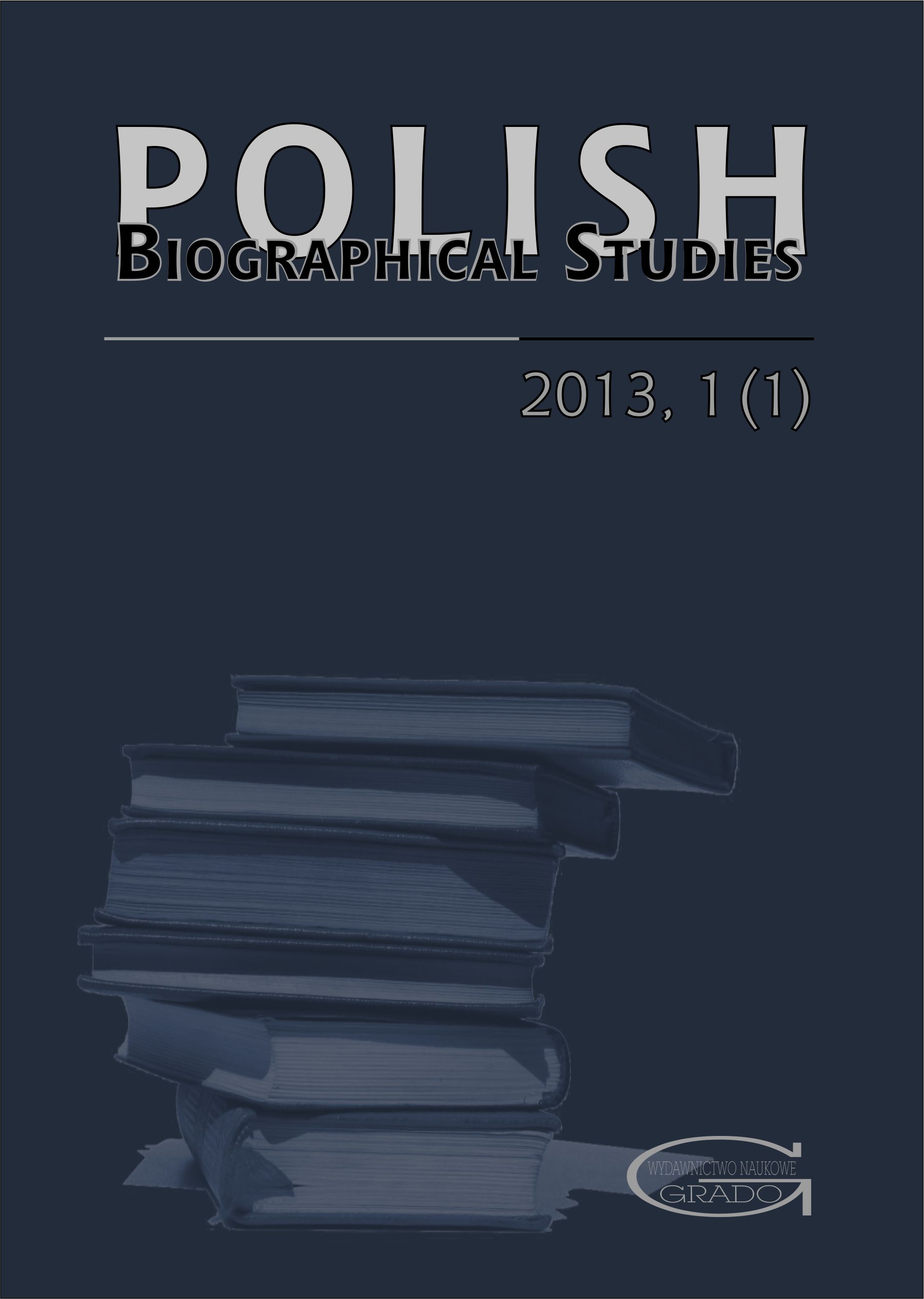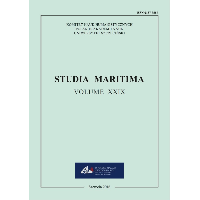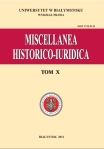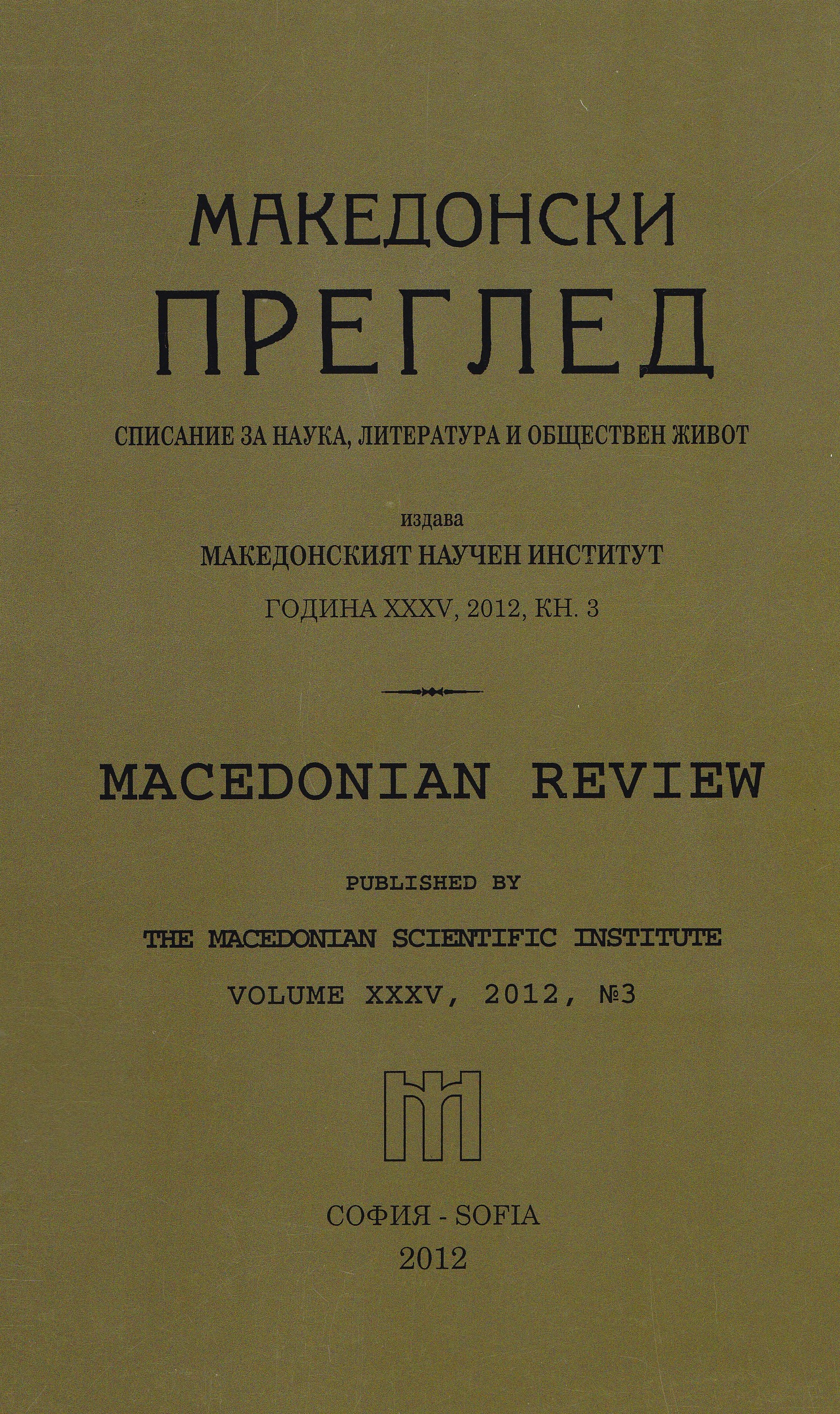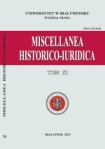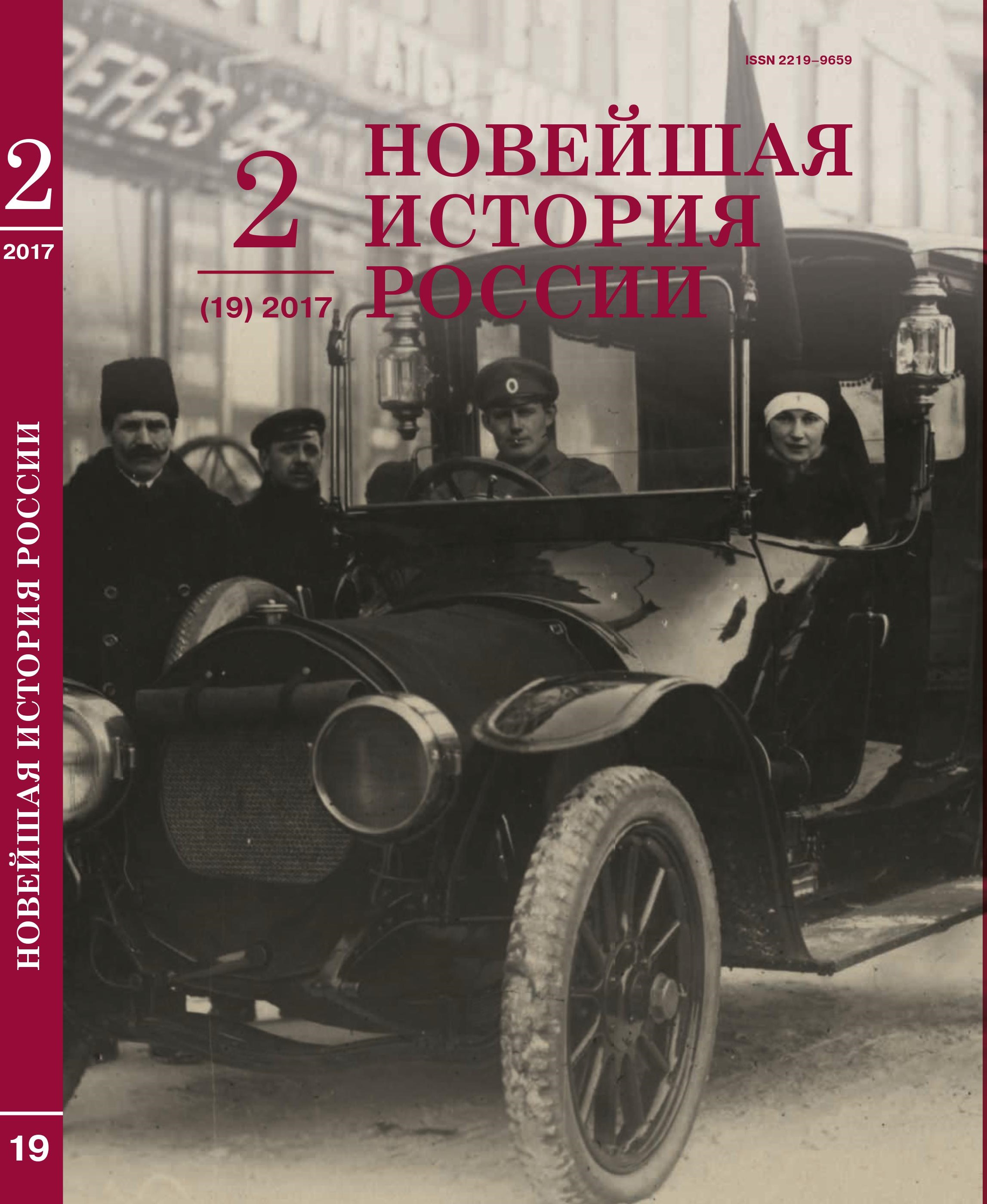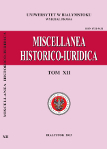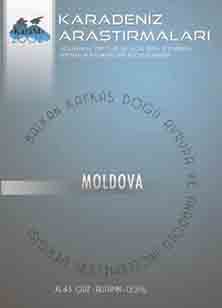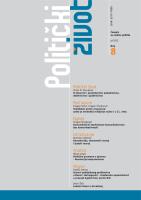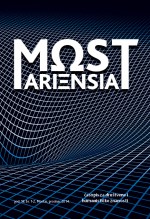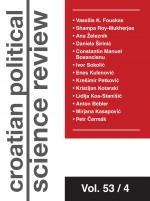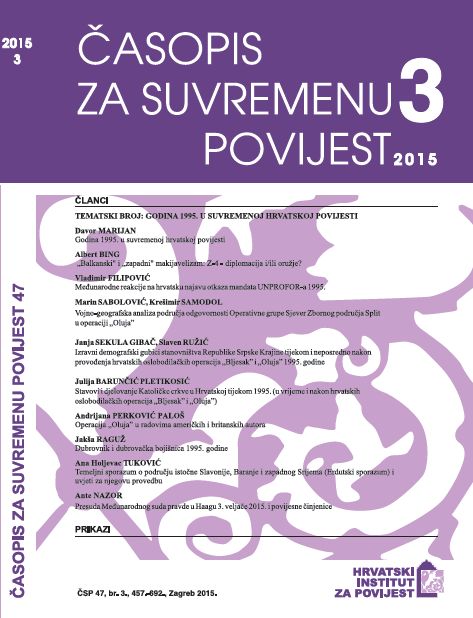
Godina 1995. u suvremenoj hrvatskoj povijesti
The year 1995 has an exceptional political and military importance in the Croatian history as it has been perceived to be the year in which the Homeland War was ended. It is a year where there was a nearly perfect combination of politics and military force which fulfilled the battlefield demands that had been set by the Croatian leadership. In political sense, 1995 was a year in which the Croatian politics was resolving the Serb issue in Croatia, but not the Croatian issue in Bosnia and Herzegovina. The army had been a lever with which Croatia reached the decision, and it can be said that this was a textbook example of the relationship between politics as a principal actor and the military as an executor of the political will. With the passing of years, it is obvious that 1995 could also be seen from several other perspectives, not only from political and military. Judicial significance emerged later thus creating a problem which resolving lasted for more than a decade, and that makes the year 1995 „of long duration“, the second largest in the Croatian history, right behind the unfinished 1941. In the context of the Serbian-Croatian relations, 1995 is a year when the Croatian Serbs made a significant contribution in solving the Serb issue, yet not in the way they wanted. Serbs interpret the year 1995 as a year in which they were ethnically cleansed in Croatia. For Croats the year 1995 is a year of victory. Regardless of the perspective, the year 1995 represents the end of a difficult and often illiberal process that began with the release of a programmatical and chauvinistic article from 1902, in which a Serbian politician declared war on Croats until „the investigation yours or ours“.
More...
